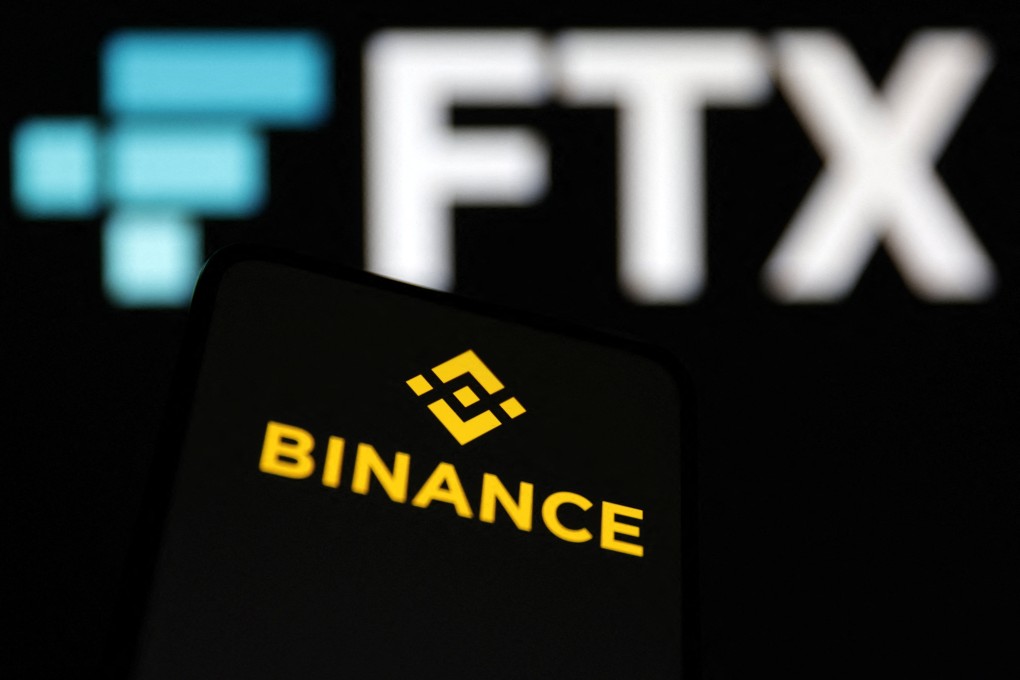Explainer | How Binance, FTX deal rocked the crypto world and then collapsed
- Zhao and Bankman-Fried have been trading barbs on Twitter for months, feuding over issues ranging from lobbying US politicians to allegations of front-running trades
- Late Wednesday afternoon New York time, Binance said it was pulling out of its deal to buy FTX.com, saying its rival’s issues were ‘beyond our control or ability to help’

It has been a tumultuous few days in the largely unregulated cryptocurrency world, with mudslinging on Twitter, a shock exchange takeover bid – which then collapsed – and plunging token values.
On Tuesday, the world’s biggest exchange, Binance Holdings, was set to acquire troubled rival FTX.com. On Wednesday, Binance walked away from the deal citing problems with FTX’s finances as well as potential regulatory investigations. Its decision to walk away deepened the ongoing crypto rout, with bitcoin tumbling to the lowest level in two years.
While crypto might seem like a niche corner of finance, the saga between two of its top players has upended the crypto ecosystem and is likely to have far-reaching repercussions.
What are Binance and FTX?
They are two of the biggest crypto exchanges, which are marketplaces where investors buy, sell and store tokens. Binance is the biggest crypto exchange by volume by a long way – and FTX is in the top five, according to crypto data provider CoinMarketCap (which is owned by Binance).
Who runs them?